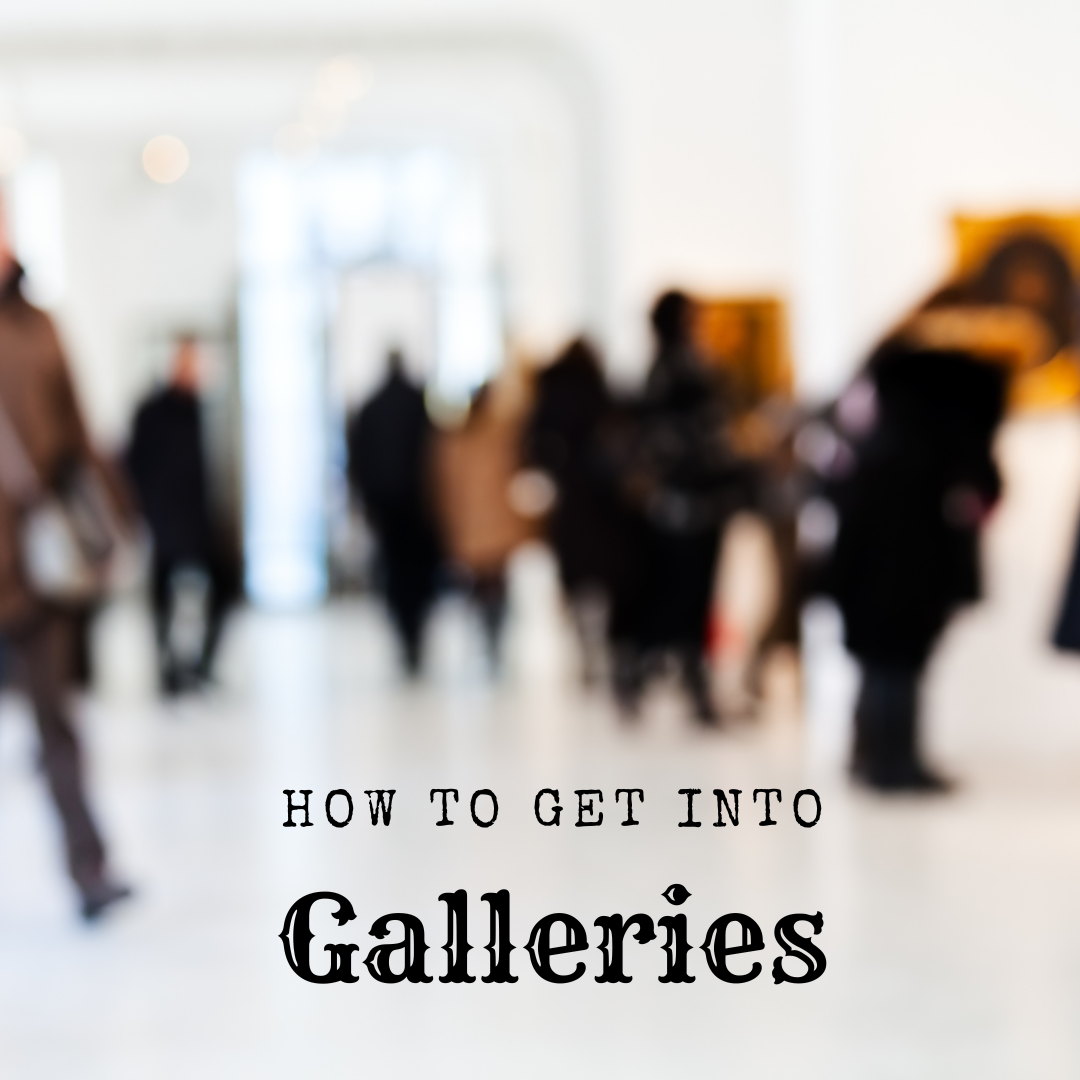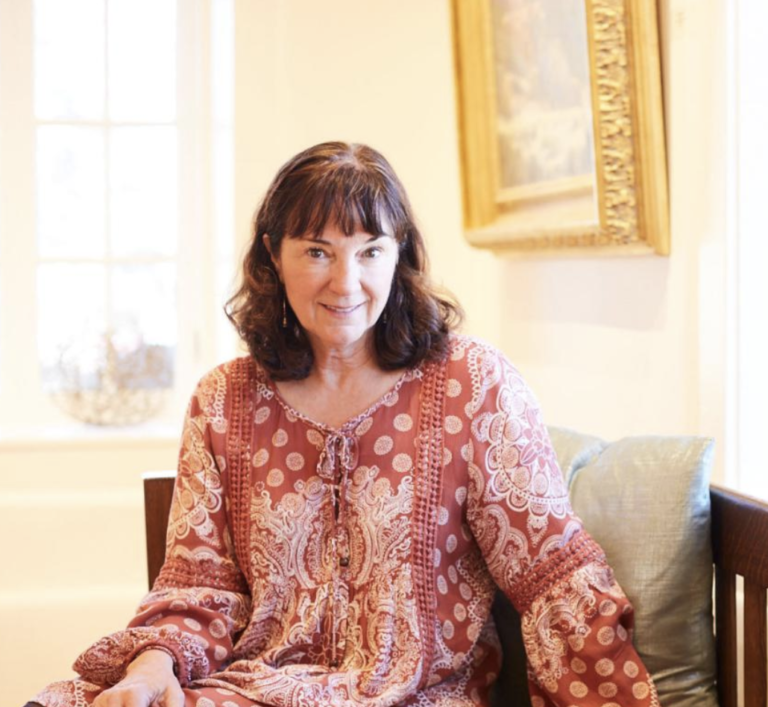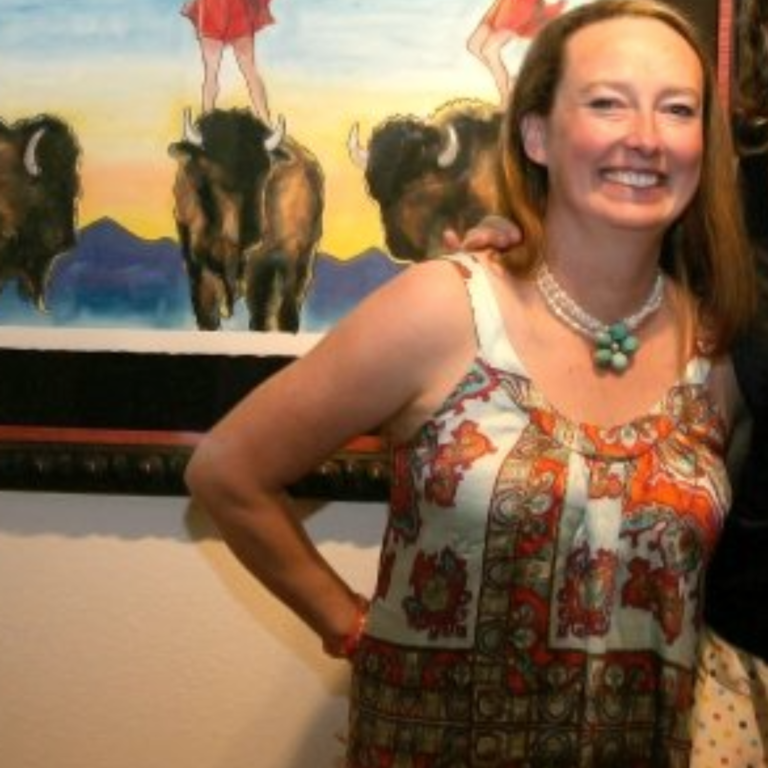With so many online opportunities to sell your art, a lot of artists are wondering if getting into galleries is worth pursuing. This month I’m exploring the pros and cons of working with a gallery as well as offering professional insights on how to get into a gallery, should you decide to go that route.
I asked dealers I know to give me their thoughts and best advice. Special thanks to Doug Kacena, K Contemporary, in Denver, Maria Hajic with Gerald Peters, in Santa Fe, and Nikki Todd of Visions West Contemporary, Bozeman, Livingston and Denver, for sharing their thoughts.
Readers, if there’s something I didn’t cover, please leave a comment below so I can answer it for everyone!
where do you find new artists?
The answer to where dealers find new talent was unanimous:
1. Art fairs (prime territory to consume a lot of art in person, says Nikki);
2. Instagram;
3. Through trusted artists.
Maria Hajic cites museum shows, independent curators and fellow dealers as other great resources.
Where dealers are NOT finding new artists?
From people who drop in and make cold calls.
“People do wander in off the streets wanting to show me their portfolio,” Doug Kacena tells me, but warns, “it’s not a good idea.”
He says the worst possible time to hit up a dealer is during an opening, which happens surprisingly often. “When artists do this,” Doug says, “I usually ask them to imagine this was their opening. How would they feel if my staff and I were off in a corner looking at someone else’s website instead of tending to your work? They usually get it then.”
What About Emails?
Doug put it this way: “Have I brought on an artist from a random email? Yes, but I get more artists through recommendations from artists I currently work with.”
The Big Takeaway
1. Put yourself out there where people in the biz can find you.
2. Keep your Instagram account populated with strong visual content.
3. Getting seen at an air fair requires a dealer to take you, which may sound like a catch-22, if you don’t have a gallery that attends art fairs. An alternative is to applying to Calls for Entry to shows that dealers working in your genre attend. (Subscribe to my site for my e-Book, “Upping Your Game” for help with this process.)
4. Ask artists you know about their galleries and if they would put in a good word for you.
How Important Is Your Online Presence?
Social media is definitely a factor these days. And though posting can feel like shouting into the void, there are things you can do to increase your visibility, such as having a business account and using hashtags wisely.
You should expect that when a dealer does reach out, chances are good that they’ll ask what kind of following you have.
Beyond social media, make sure you have an up-to-date website. If you don’t have a website or are frustrated with you current site, check out FASO sites. You can be up and running in an hour.
Other online opportunities include having your work listed on Artsy.
“Artsy is gallery driven; you have to be in a gallery to get on Artsy,” Doug says, “which means you’re in important galleries, because Artsy is not cheap, but it’s important. If your gallery puts you on their Artsy account, that means you have a following and an audience of people interested in purchasing your work.”
Keeping up: Tips for Managing Social Media
Concentrate on just one or two social media outlets.
Convert those outlets to business accounts and keep your posts professional.
Be positive and spread the love by commenting on other artist’s work and successes.
Share great posts you see, especially if they’re coming from a gallery you’re interested in joining.
Set a timer to remind yourself to get off the infinite scroll.
Look into time saving apps such as Later or LinkTr.ee that will help you broadcast to various platforms.
Canva is an invaluable tool for creating exceptional creative materials and they have a feature for scheduling releases over several weeks.
Qualities of a successful Artist-Dealer Relationship
“I look at this as a business partnership,” Doug says. “We do a lot of development strategy with our artists, mainly, how do we get them in front of collectors and in museums? So, for me, I want to know: is the artist all in? Is this their job? Is this how they’re making a living?”
“Professionalism,” Maria says, citing that this is her favorite trait in an artist because it encompasses things like time management, attention to details and deadlines, and indicates that an artist is a clear communicator, and responsible.
And she adds, “Honesty, clear boundaries, willingness to collaborate, flexibility, and a sense of humor always help during a rough patch.”
The artists become like family. We are lucky to count several of our artists as close friends. I think when artists really listen to our advice and know that we are striving to advance their careers as much as just selling the art and putting money in their pockets, that's when I feel like we have reached a successful place in the partnership.
Nikki Todd Tweet
Doug adds, “When I sit down with an artist, I am always asking, what’s the next goal, what are we trying to achieve? Each artist is different, and each has a different path, but they are serious; this their career.”
Interestingly, he says having multiple galleries is a good thing. “I don’t think it’s the same for all galleries but I think it’s better to have multiple galleries supporting them. It’s in everyone’s interest.”
How to Approach Galleries: What Not to Do
#1 response: Do NOT show up unannounced.
“I would advise never just popping in and asking for the work to be looked at on the spot.,” Nikki advises. “We get that so much and it just shows lack of respect for the business and for the artists that are hanging on the walls.”
“Respect our time,” Maria says, and adds, “No cold calls, please. I prefer an email approach as I can give the artist’s submission my full attention when I am free.”
According to Doug, the biggest issue he sees is that many artists are not self-aware. “You have to be honest with yourself about where you really are in your career and ability,” he says. “And if you can visit a gallery in person, do so before reaching out. Get a feel for the price points of the artists that gallery represents.”
So, though it feels like a catch-22, if your prices aren’t there, hold off on applying until you’ve built your career up to that point where you’re pricing is commensurate with the others in the gallery.
Another major faux pas is submitting your work to a gallery online when it’s clear you don’t know anything about the gallery, the kind of work they carry, their goals, and mission.
“I will tell you that 99% of the submissions that come in are from artists who haven’t done their homework. It feels like artists send out blanket submissions–copy and paste–without researching the gallery.”
Fun Fact About Most Dealers
“Even though, on the website, it says we’re not looking at new artists,” Doug says, “I do love looking at art.” He says he used to respond to everyone who emailed but now he doesn’t have time. So, whether you get a response or not, know that Doug, as well as most other dealers, are looking at every single solicitation they get via email.
Tips for Submitting Your Work
Don’t send materials through the mail. No one wants to deal with returning them to you.
Do send via email:
Multiple jpgs of current images
Resume/CV
Artist statement
Cover letter
Do you need help creating cover letters, artist statement, CV and bio? Schedule some time with me to get this done. Click Here and scroll to Calendly to book time.
Is the Process Worth It?
“If you want to sell online, you have to continually feed that beast,” says Maria,” which takes precious time. Most, though not all, artists would rather concentrate on their art. Cultivating relationships with clients and viewing artwork in person is very different than viewing it online. Of course, a gallery must do both in this digital age. Does an artist have time for all that?”
Doug agrees and adds, “You can’t go to an art fair without a gallery, and every curator in the country shows up to fairs. I know some artists who have gotten big enough that they don’t need a gallery and can do it on their own. But how do you think they got there? Other people were doing the work for them.”
Ultimately, dealers are taking care of you while you’re concentrating on your work. They’re motivated to make sales for you because it keeps their doors open and the lights on. They’ll handle the negotiating with collectors and make sure your work is put in front of the right audience. They speak for you when you’re not around.
Final Thoughts: Playing the Long Game
Only you can decide whether it’s worth the effort to get into galleries, but consider the vast benefits that come when you do find the perfect fit.
Understand that this is a process. You will get rejection letters–or simply not hear back–don’t let that stop you from trying. It’s a business, so keep searching for galleries and dealers who are excited about your work; they’re the ones who will become the kind of partner, promoter, and confidant you most need.
Check out my blog The Artist Curator Relationship for a deeper understanding of the nuances of working with professional dealers and curators.




9 thoughts on “How to Get Into an Art Gallery”